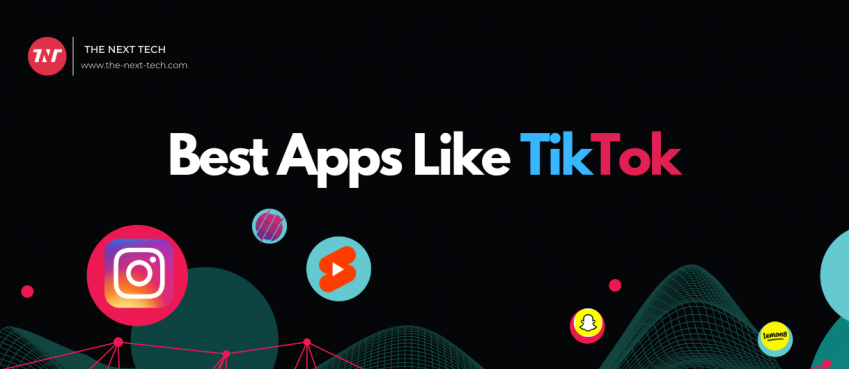
A few years ago, simply having an app as a business would set you apart from the competition in a positive way. However, as time has gone on, apps have become something that nearly every business offers. That means you need to be aware of best practices when creating an application for your customers.
The types and varieties of apps available today are diverse, and some do better than others. Despite that, consumers are more likely to download an app today than ever before. In fact, it’s estimated that by 2020, yearly downloads will reach around 284 billion. That alone should show you that having an app is integral and making sure it’s the best it can be is equally important. You can find more valuable tips on how to plan your business app at Exyte.com
Customers Expect Error-Free Experiences
It isn’t uncommon for a business to rush putting out an application, which might mean having errors when it reaches customers. This can be a risky move as customers may open up the app, see it doesn’t work the way it should, and delete it or never click on it again. With so many apps on the market, switching to an alternative is simple for customers.
Every app needs to be tested for functionality. It should be able to complete all the tasks it is supposed to. This also means that core functions should be prioritized while developing the app. Cutting the fluff and only adding important functions is a good way to get people to use your app time and time again.
Quick and Easy Onboarding is a Must
When onboarding, your job is to show that your app has value to a customer. It should let them do what they want in an efficient and simple way. If the customer runs into problems a few minutes into use, they are likely to stop using it. When you implement efficient onboarding, you make it much more likely a customer uses the app a second time.
There are many ways to do this from offering a tutorial to reducing the length of the sign-up process. Tutorials work well if the app is complex or has hidden features that users may not immediately notice. As far as sign-in functionality goes, having registration options through Google or Facebook can help. It saves the customer time and makes them more likely to get through the process.
Also read: Chromecast vs Firestick: Which Is The Better Streaming Device? (A Complete Guide)
Personalizing the UX is Crucial
Personalizing your app helps create a more relevant experience for the person using it. When you can, use user data to offer relevant information in the app. For instance, a retailer could offer deals based on a special location the user is in. The most you incorporate these things based on a user’s preferences, the more likely they are to continue using the application.
If you want to take it another step, make sure the user’s name is on the screen and in any messaging you offer. You should only display content that is useful to the user, instead of filling the screen with data that doesn’t matter to them. Offering too many notifications is sure to frustrate the user, which can result in deleting the application.
UI Design Should Be Strategic
When it comes to UX, the quality of the user interface (UI) is paramount. You want to design an app that appeals to those who quickly scan the screen or just glance over at it. The use of apps is far different from that of websites and you need to be strategic and use that to your advantage.
Consider glanceability which refers to how easily and quickly the design of the app offers information. This involves the consistent use of typography, colors, and other design elements. You want to build a visual flow that comes together and helps users complete their goals without a lot of extra effort.
Also read: What Is Cognition’s New AI-Software “Devin AI” All About? (Complete Guide)
Business Apps Should Be Trustworthy and Secure
One of the things that can be overwhelming to users is downloading an app only to be brought to a long list of permissions that needs to be accepted before the app can be used. Some apps might ask for access to a photo gallery even though there is no need for it, while others might want access to credit card information despite having no e-commerce feature. This can make an app less trustworthy and cause people to delete it.
The comfort and trust users have for an app can affect brand loyalty. This is why your permission policies should be transparent. Users should have the option to control their information and how it is shared in an application. When you outline your practices and policies, users will be more likely to accept permissions. Add links to your privacy page and create credibility by displaying security badges. This is especially useful when your brand is asking for financial or personal information.
Behavioral Gesturization is In
Gesturization is a fairly new feature in apps where swiping, scrolling, pinching, and other actions can be used in the application. As an example, a user could use a swipe to delete a post or share something to their social media feed. However, adding this functionality isn’t enough. You also need to be aware of what actions your users are familiar with and comfortable using. This can even be used to help make your onboarding process simpler.
Also read: [New] Top 10 Soap2day Alternatives That You Can Trust (100% Free & Secure)
Apps Need Assistance Options
Another thing to consider when building an app is offering options for users to get assistance in a way that is comfortable for them. Having several different options is the best move whenever possible. Some users will look for help by searching in the tab bar or toolbar of the app. Having options to contact you through live support like chat or click-to-call is one way to implement this, self-service FAQs are another excellent option.
Creating the best possible business app means making many different features work together in a streamlined way so customers can meet their goals. Thinking about mobile specifically is the first step to a useful app, rather than simply retracing how your website works. Using some of the tips above will ensure you put out an app your users will love.
Top 10 News
-
01
[10 BEST] AI Influencer Generator Apps Trending Right Now
Monday March 17, 2025
-
02
The 10 Best Companies Providing Electric Fencing For Busines...
Tuesday March 11, 2025
-
03
Top 10 Social Security Fairness Act Benefits In 2025
Wednesday March 5, 2025
-
04
Top 10 AI Infrastructure Companies In The World
Tuesday February 11, 2025
-
05
What Are Top 10 Blood Thinners To Minimize Heart Disease?
Wednesday January 22, 2025
-
06
10 Top-Rated AI Hugging Video Generator (Turn Images Into Ki...
Monday December 23, 2024
-
07
10 Top-Rated Face Swap AI Tools (Swap Photo & Video Ins...
Friday December 20, 2024
-
08
10 Exciting iPhone 16 Features You Can Try Right Now
Tuesday November 19, 2024
-
09
10 Best Anatomy Apps For Physiologist Beginners
Tuesday November 12, 2024
-
10
Top 10 Websites And Apps Like Thumbtack
Tuesday November 5, 2024







